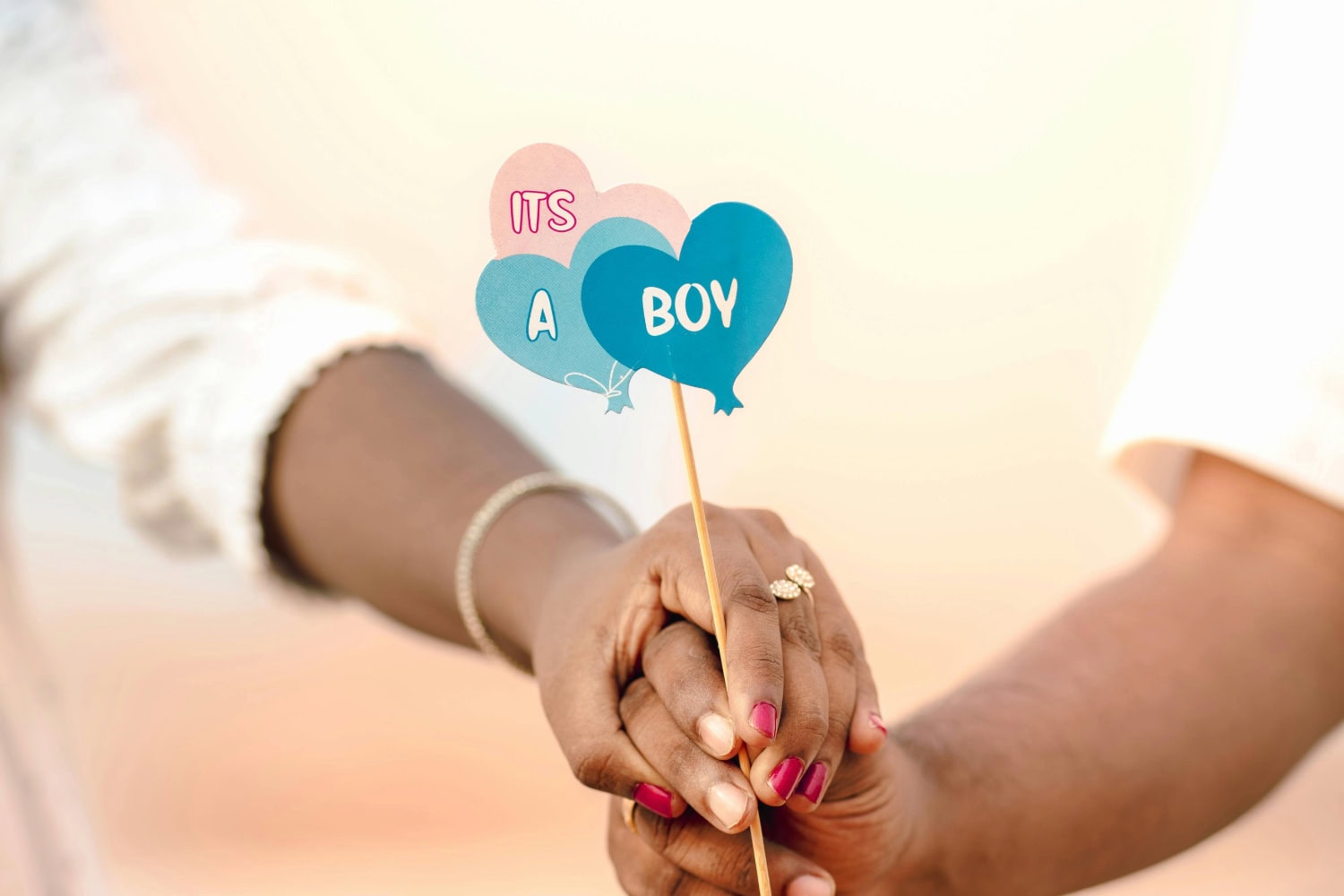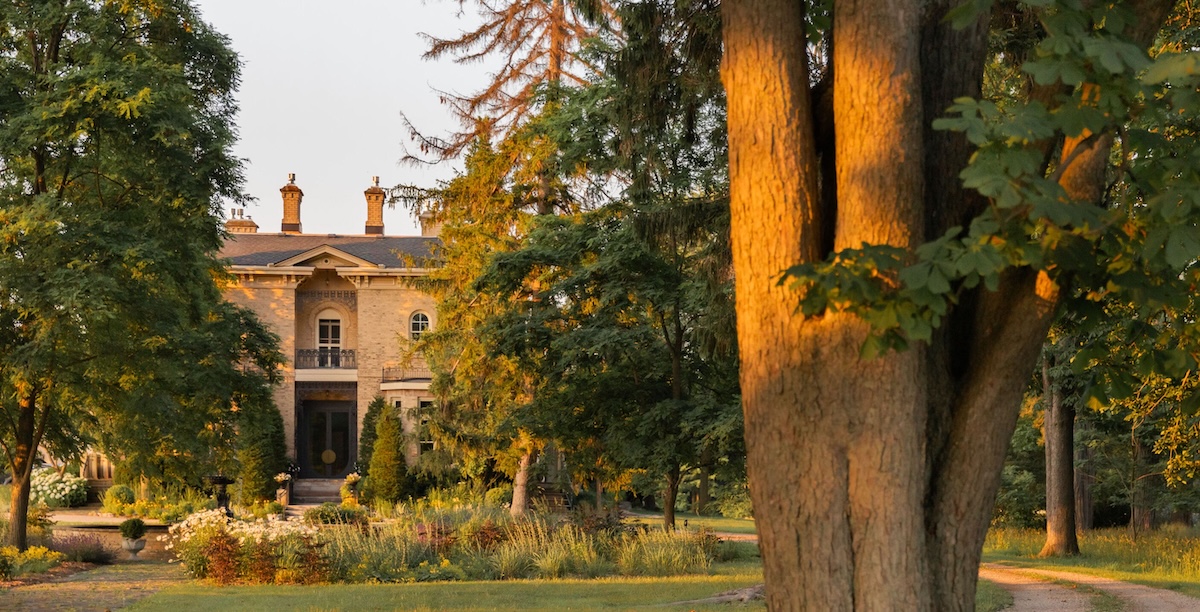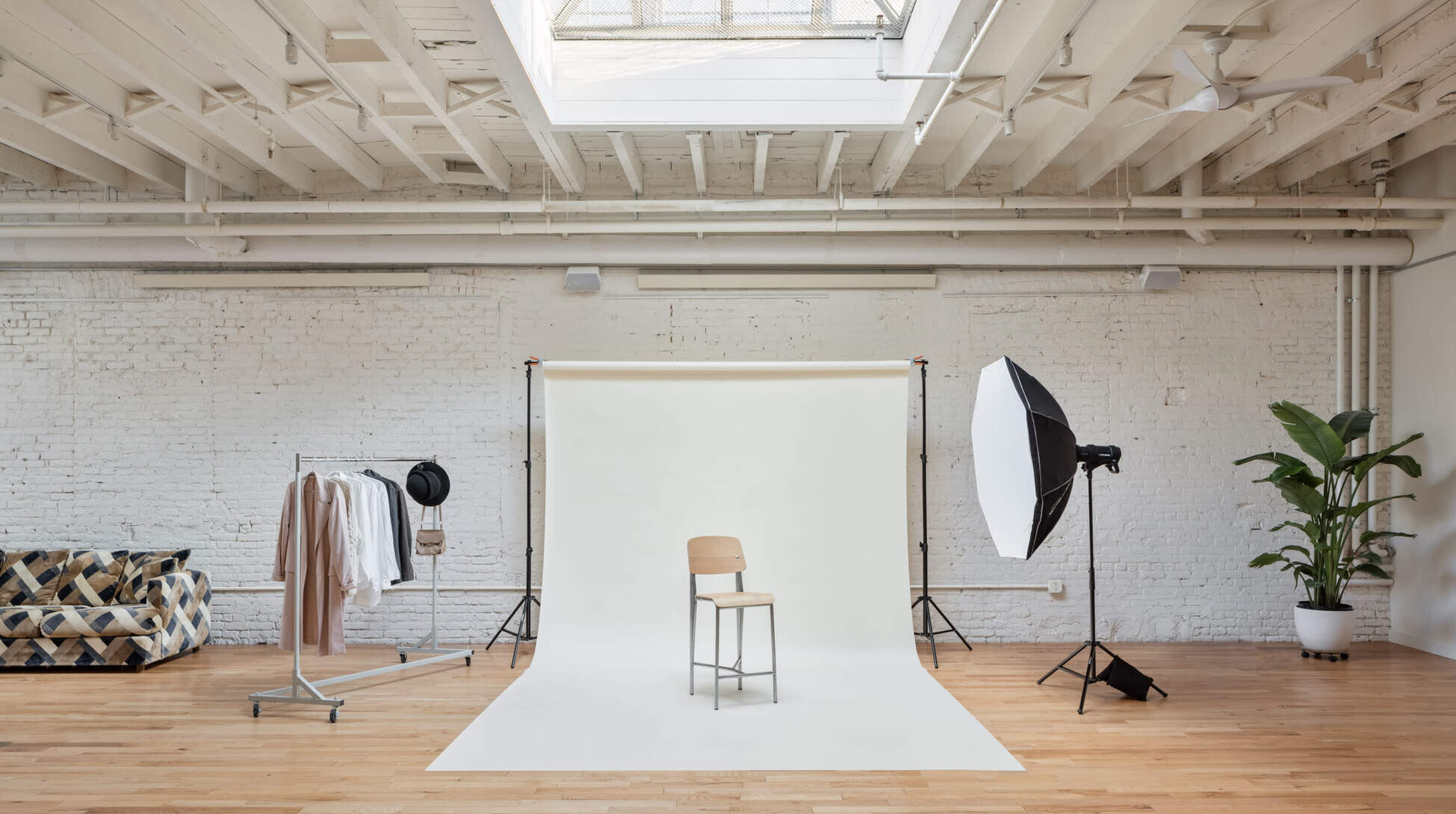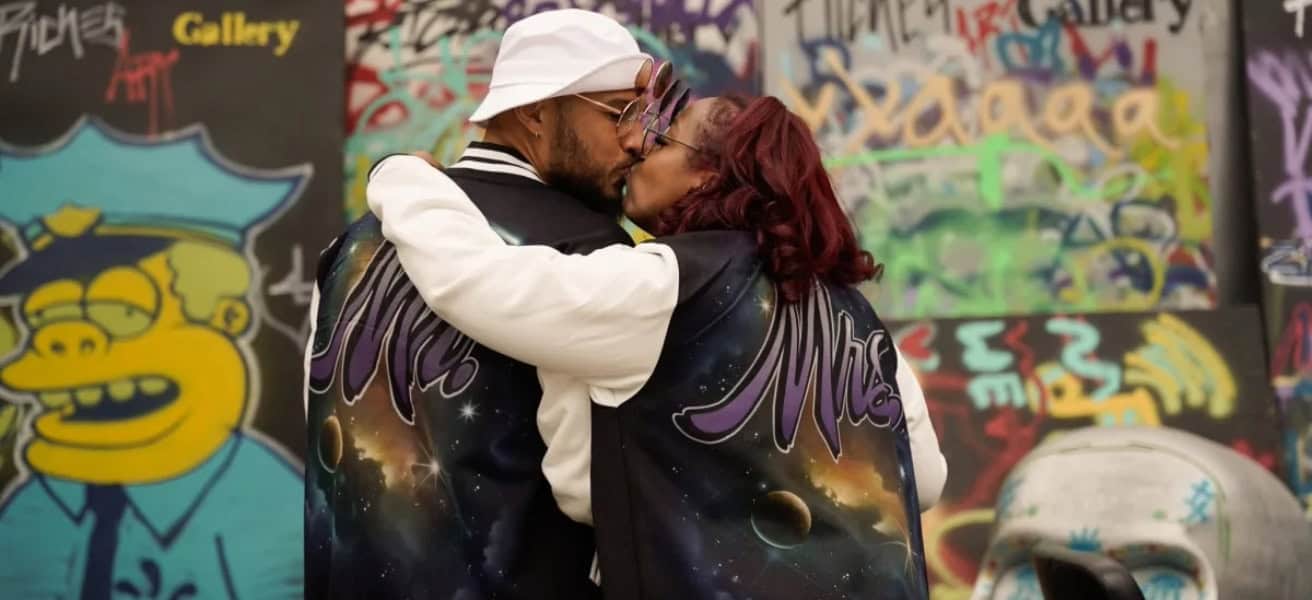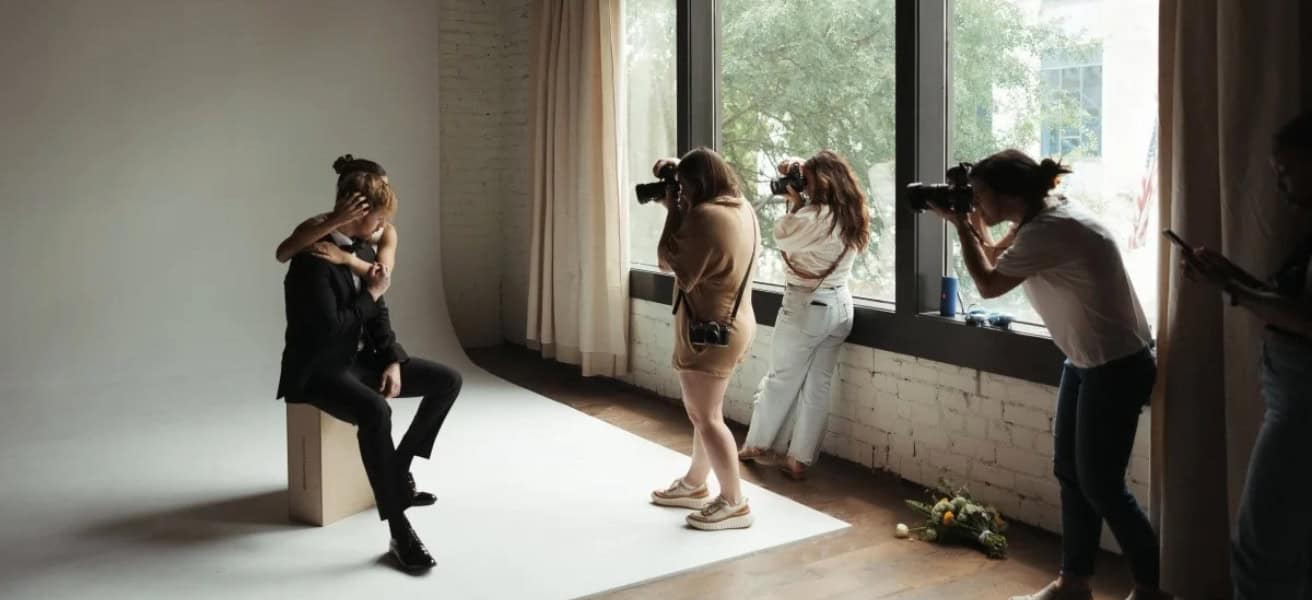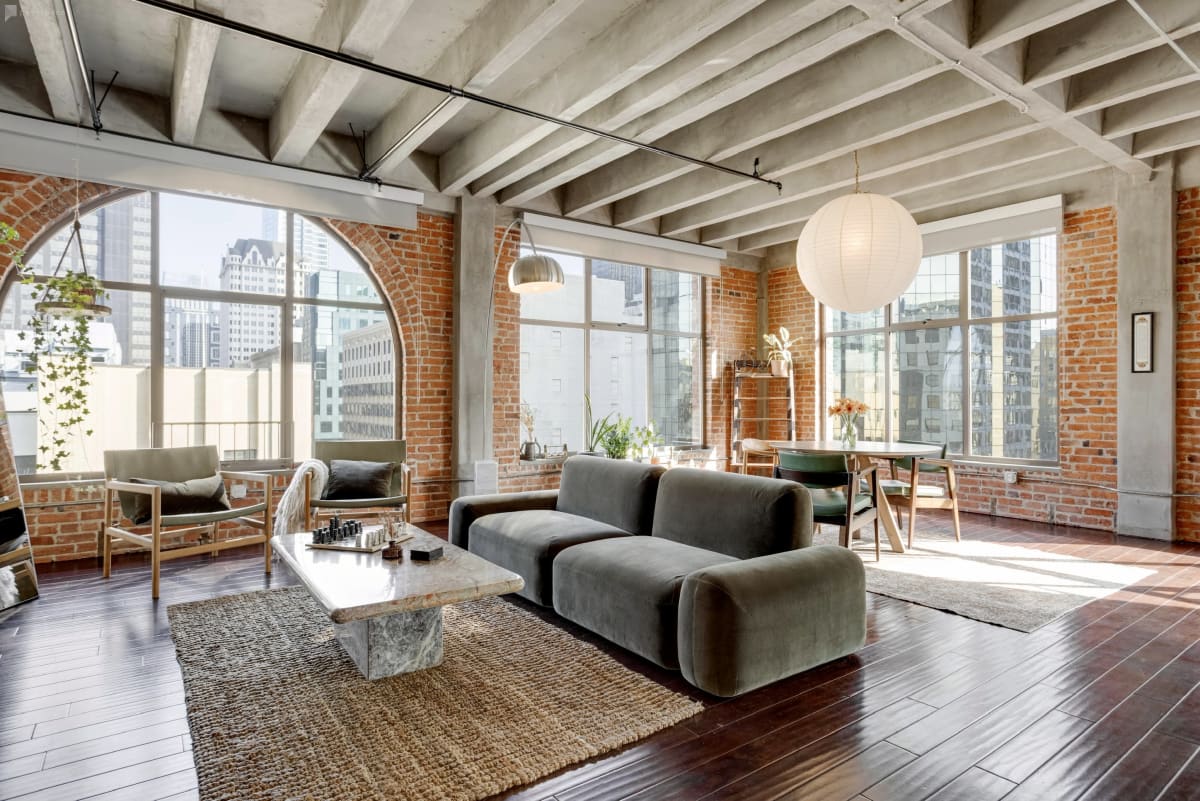
Source: Peerspace
Want to know all about tungsten light photography? We’re glad to hear it since that’s precisely what we at Peerspace have for you ahead.
Remember the “W” element on the periodic table? No? Well, that W is the symbol for the element tungsten, also called wolfram, which has incredibly strong light refractory properties. It’s also incredibly hearty – it has the highest melting and boiling points of any element.
One of the most common applications for tungsten is its use in household light bulb filaments, and those bulbs are prized among certain photographers and videographers. In fact, many Peerspace studio owners use tungsten bulbs in their professional spaces. But we’ll talk more about that ahead. First, let’s unpack the basics of tungsten light photography.
Pros and cons of tungsten light photography
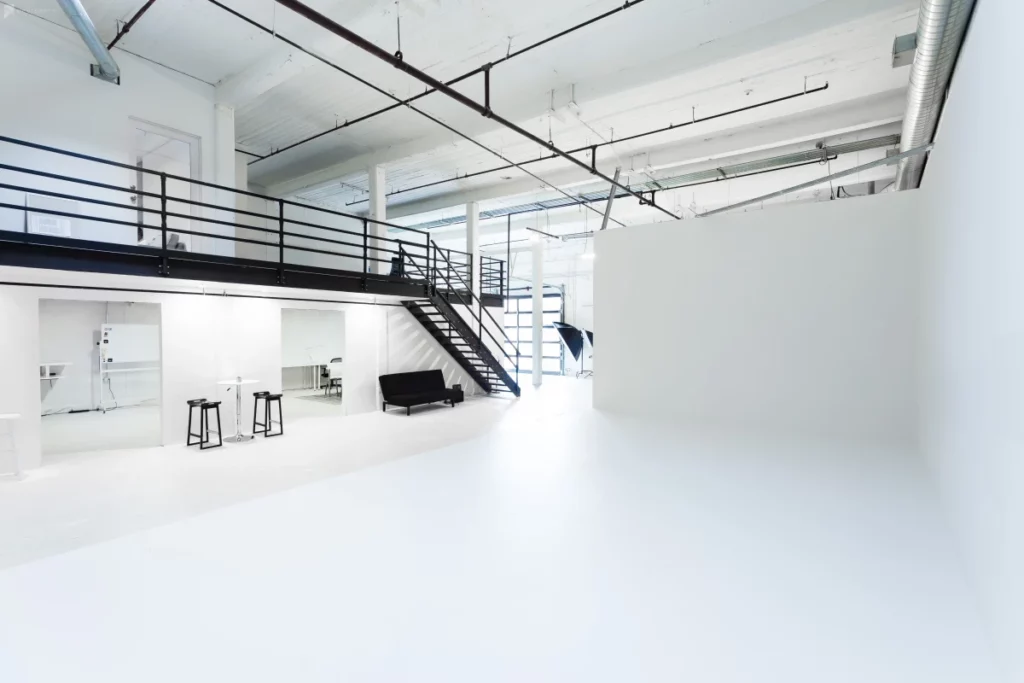
The first light bulbs had carbon filaments, and tungsten – or tungsten halogen, which is the same thing – came along shortly thereafter. The tungsten bulb has been around for more than 100 years and is still very commonly used today for various reasons.
Tungsten light bulbs are more frequently known as incandescent bulbs, and they burn out somewhat quickly compared to their florescent and LED counterparts. They tend to only last about 1000 hours depending on wattage. This is because the way that they work is by getting extremely hot.
In fact, they can explode, propelling teeny tiny sharp shards of glass all over the area. And you can’t touch them because the bulb is sensitive to the oil on your fingerprints.
Luckily, these bulbs are inexpensive. Many are mechanically dimmable to cooler temps and therefore shine a less brassy glow. And you don’t need any special electric gear to use tungsten bulbs – they plug right into a household current.
For an in-depth look at the history of the incandescent – or tungsten – bulb, check out this video by the Edison Tech Center.
Also discover our soft lighting: everything you need to know resource next!
A warm glow from a hot bulb
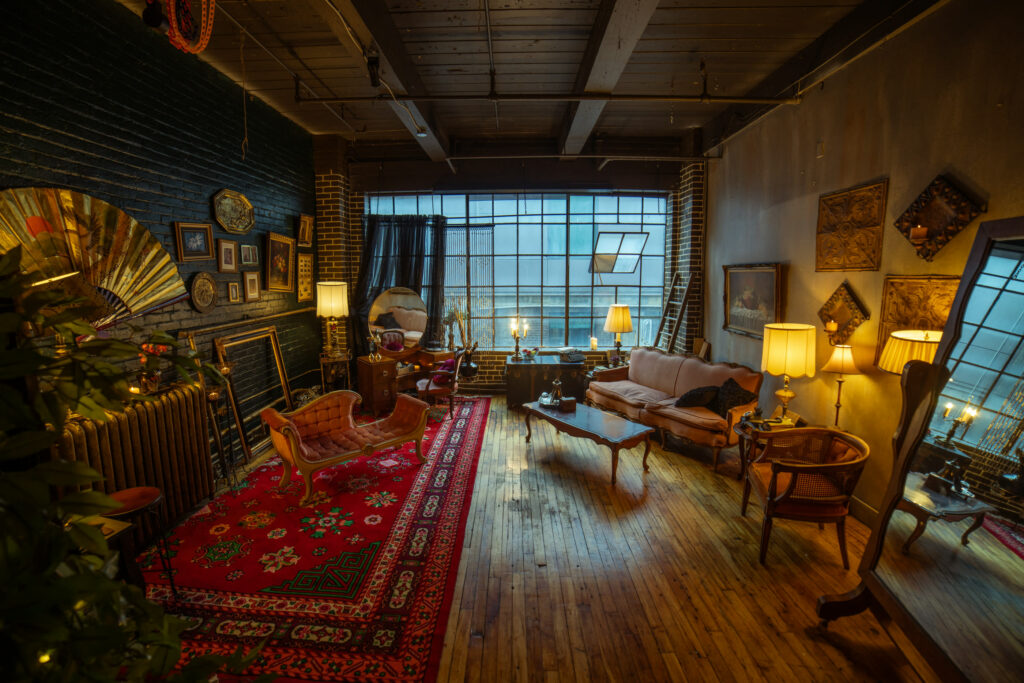
While tungsten has a high CRI (Color Rendering Index, which indicates the degree to which the color of the light is accurate compared to natural light), it does have a distinctive hue. The hot tungsten bulb casts an unearthly orange glow that is captivating but can be garish without some finesse.
Tungsten light comes in at about 3200 on the kelvin scale, a meaurement scientists use to determine the specific color of light waves. The lower the kelvin, the redder the glow. The clearest blue sky comes in at about 10,000 kelvin, whereas campfire red is about 1000.
Fluorescents, with their trademark flickering orange-green hue, come in at about 5000 kelvin. Translation – tungsten light is technically a surprisingly versatile reddish orangish yellow color that can mimic daylight. It’s cooler than the hue of a flame but much warmer than most artificial lights we use on a more regular basis.
Tungsten light in filmmaking
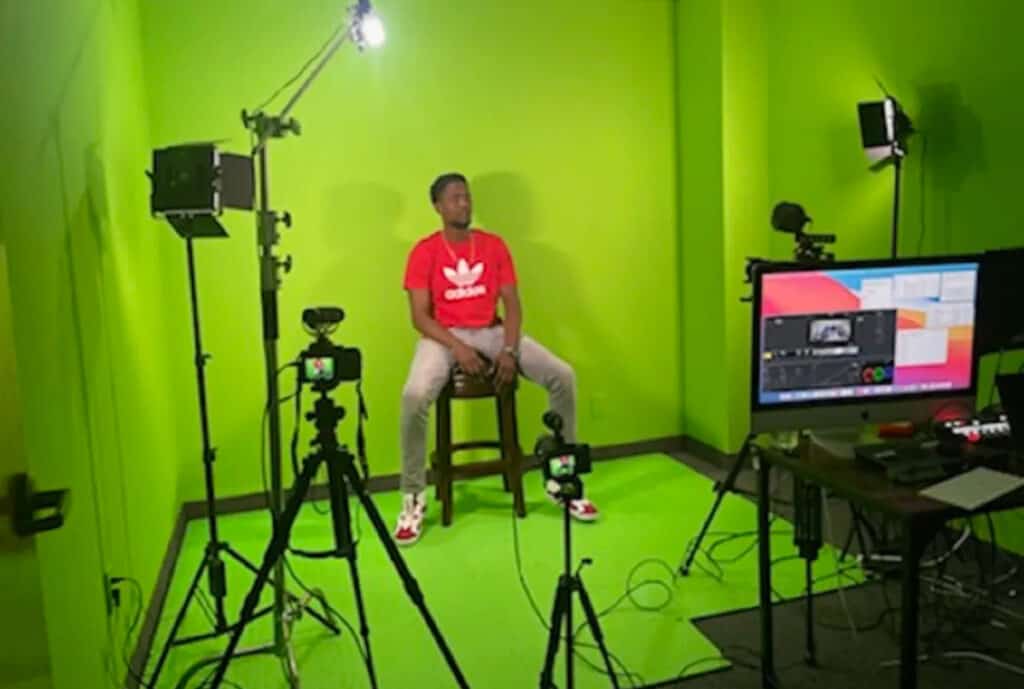
Tungsten was the only alternative to the sun in lighting for filmmaking for about 80 years, and it’s still popular today. It’s best with celluloid versus digital filmmaking, and since celluloid is coming back into favor, so too is tungsten. There is even tungsten film available, and while it’s a super technical subject, it absorbs certain wavelengths of light – or color – for the tungsten to really shine.
One of the main advantages of using tungsten is that the alternative fancy lighting gear available is so expensive, making tungsten cheap in comparison, and it’s getting cheaper as more people splurge on high-tech options. Further, it’s easy to rent or otherwise acquire tungsten lighting gear when traveling to places that might not have a vast film industry – unlike trying to quickly replace a broken
Videographers use tungsten light in a vast array of scenarios. In film it is most often used in interior spaces, but it’s popular in certain outdoor shots, too. Westerns and old-school action films tended to use tungsten in both indoor and outdoor scenes. Cinematographer Rob Hardy used tungsten lighting on both Mission Impossible – Fallout and Ex Machina. In fact, he opted almost exclusively for tungsten in the latter.
Another popular lighting option in film and photography, learn everything you need to know about ring lights here!
Tungsten light in still photography
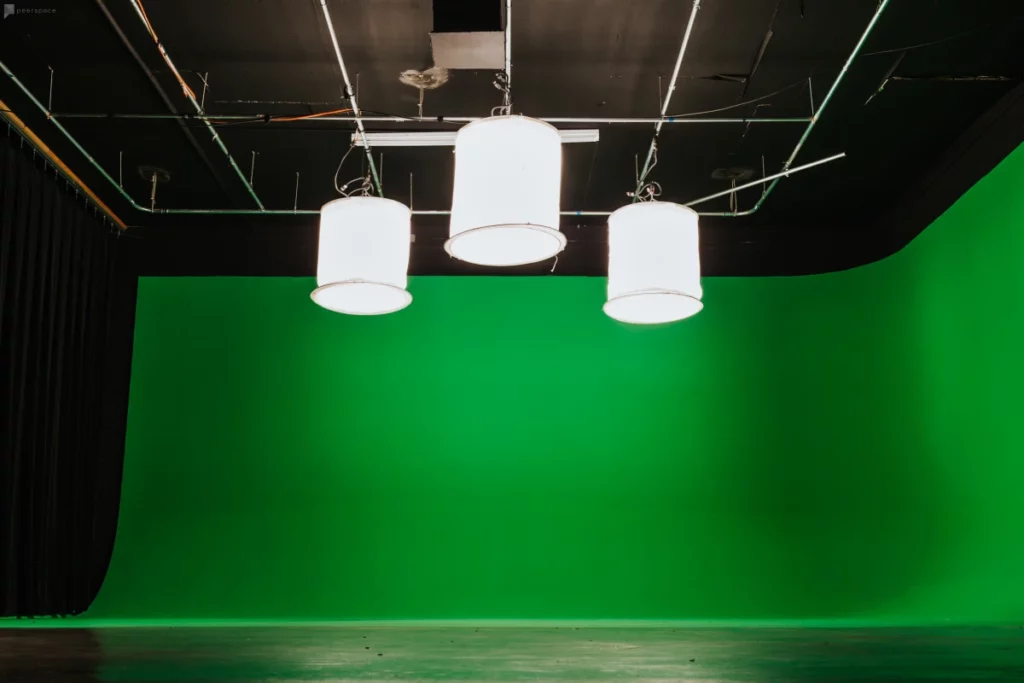
Studio photographers aren’t always drawn to tungsten lighting. In fact, it can be finnicky to work with compared to other, more readily manageable types of bulbs. But they might want to rethink this aversion in order to diversify their artistic style.
Primarily, tungsten makes subjects look good, particularly objects. This is why restaurants often use tungsten bulbs – some argue that food comes across as more appealing under tungsten light.
An article on the blog Expert Photography provides lots of tips to working with tungsten light in portraiture as well as other genres that aren’t initially obvious. For starters, it’s not ideal to shoot with just one tungsten bulb, as it can cause a very uneven look. Rather, it’s best to angle two or more tungsten lights from different directions, and/or use a reflector.
Don’t forget that combining totally different types of lights can provide amazing results in studio photography. Tungsten light, when combined with natural daylight, makes for a beautifully soft, organic effect. Conversely, combining tungsten with a cool, blue evening light casts incredible drama on the subject.
This is especially impactful in portraiture but is 100 percent useful for still lifes and art photography.
Artistic effects
Used in combination with a macro lens, a bright tungsten light is ideal for creating bokeh. Bokeh is in essence a blurred background, popularized in Japanese photography.
You can also use tungsten light as a backdrop to create a glow or shoot it from different angles to make a halo effect around your subject.
Where to practice tungsten light photography
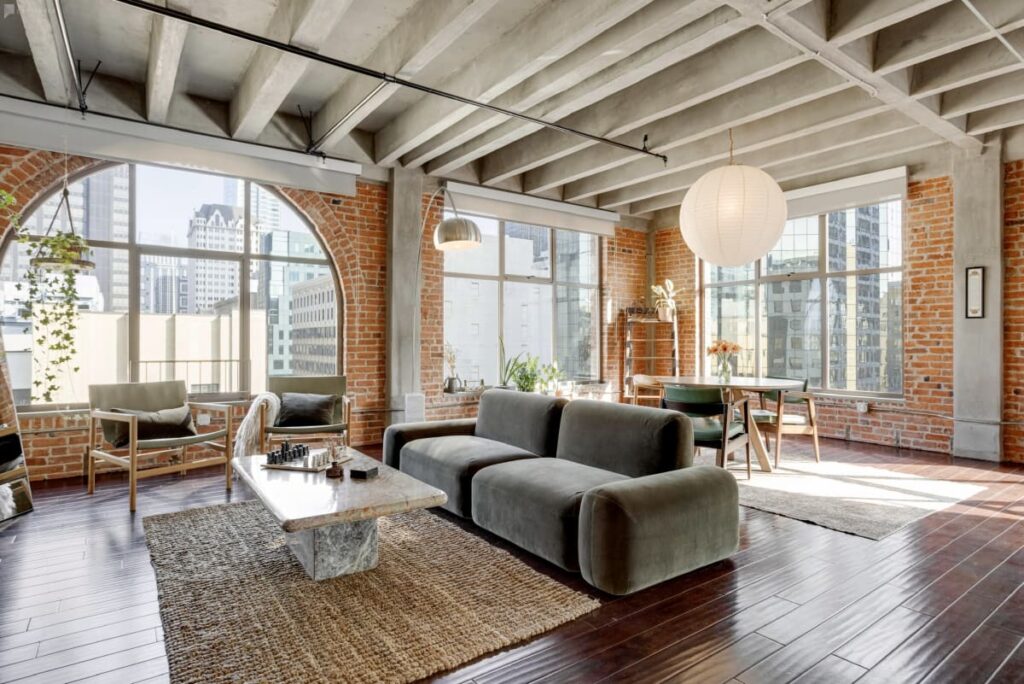
At Peerspace, we not only offer tips and tricks to help you improve your creativity. We also offer you access to some of the most well-equipped photo and video studios across the country and beyond.
As the largest online marketplace for hourly venue rentals, studio owners list their spaces on our platform, which you can then rent to use for your projects. So how do you find a Peerspace venue that has tungsten lighting? Simply go to our website, enter your location, and click “search”. Use the word “tungsten” in the keyword box to filter your search results. Easy, right?
Here are some of our favorite photo studios that offer you access to tungsten equipment:
- This LIC industrial loft studio in NYC that includes tons of gear, including three open-face tungsten cyclorama lights
- This sun-drenched Los Angeles loft (pictured above) that has three tungsten bulbs for a KINO FLO bank system
- This photo studio in Phoenix with 20′ cyc walls and other gear, including tungsten lighting
- This raw historic underground gym in Brooklyn that has many lighting options on-site, including a softbox with a tungsten photoflood bulb
As you can see, there are a variety of unique rentable spaces available to you through Peerspace that have both the looks and gear you want. Creating your tungsten light photography projects has never been easier!
Tungsten light photography: conclusion
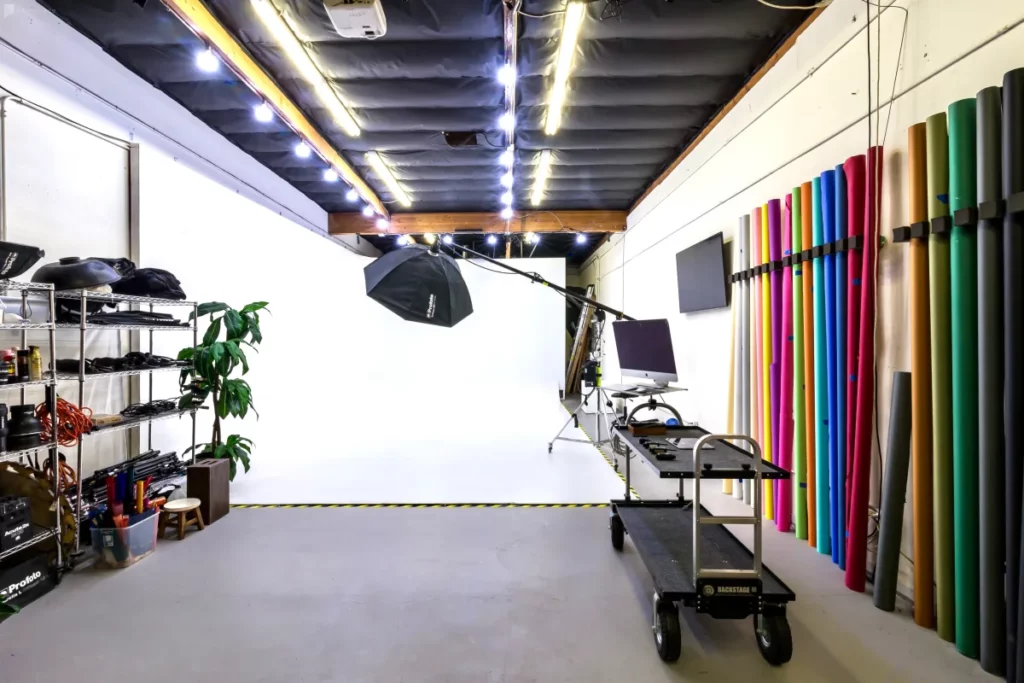
Don’t be afraid to work with tungsten. It casts a warm retro vibe, it’s forgiving, and it can make some amazing effects for both moving and still pictures. It will help expand your stylistic repertoire, it’s inexpensive, and it’s versatile. And combined with contemporary technology, this historic, vintage style of lighting can take your creativity in unexpected directions.
And imagine the winning combination of tungsten lighting in an amazing Peerspace photo studio! You can achieve all your creative endeavors with the right skills and the perfect location.
Find unique photo shoot locations on Peerspace
Get together somewhere better
Book thousands of unique spaces directly from local hosts.
Explore SpacesShare your space and start earning
Join thousands of hosts renting their space for meetings, events, and photo shoots.
List Your Space

